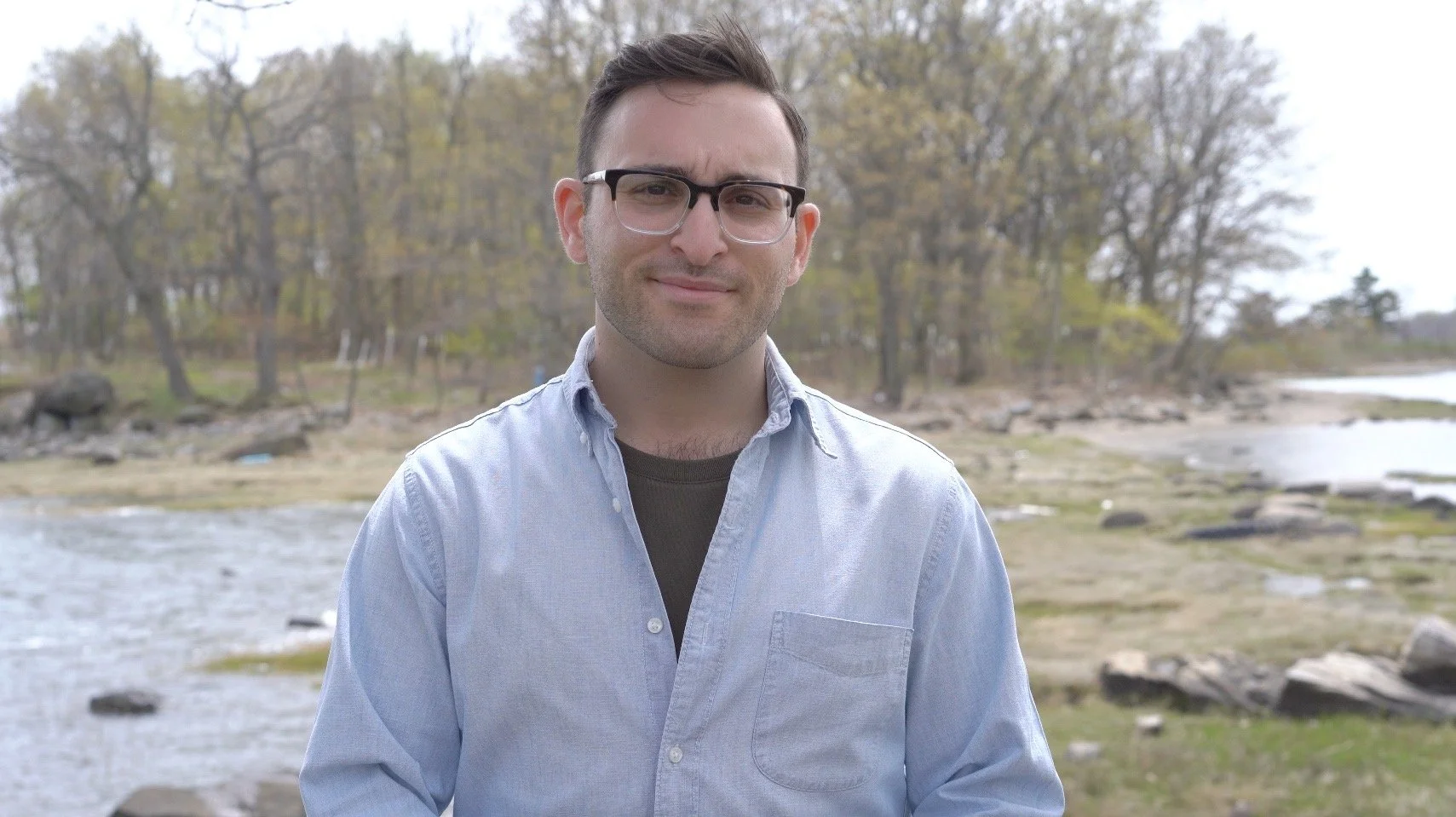We Rise
for our Environment
Bold action for our climate crisis
Climate change is exposing long-term vulnerabilities in our region. Regardless of socioeconomic status, the many impacts of the climate crisis are projected to worsen - from drastic changes in temperature and sea level to more common extreme weather events and shifting storm patterns. A child born today faces multiple and life-long health harms from climate change - growing up in a warmer world with risks of food shortages, infectious diseases, floods, and extreme heat.
Climate change is already harming people’s health by increasing the number of extreme weather events and exacerbating air pollution. The air we breathe and the water we drink comes at a price, and in communities with marginalized populations, our neighbors are likely to bear the brunt of this crisis.
-
• With $15 billion in annual funding that would come from requiring corporate polluters to pay a $35 fee on each ton of their greenhouse gas emissions and other co-pollutants.
• The CCIA revenue would be used to fund a just transition to a renewable economy:
◦The money would help low- and moderate-income families pay utility bills
◦ Build resilience to climate change for critical infrastructure. Our critical infrastructure—including energy, wastewater, and transportation—still remains very much at risk from flooding and extreme temperatures caused by greenhouse gasses.
◦ Allow for investments in large-scale local programs around community-owned solar, weatherization, energy efficiency, and infrastructure resiliency.
◦ Building a resilient coastal infrastructure through Salt Marsh Restoration projects.
◦ Re-establish natural tidal flushing to improve the health of the waterway and support a diverse and complex salt marsh habitat.
◦ CCIA is critical to ensuring that the Climate Leadership and Community Protection Act is fully and accurately realized, and it is expected to create more than 150,000 green jobs with gold-standard labor provisions that will prioritize communities directly impacted by environmental racism.
-
• Setting a conservation goal for the state and including an effort to combat the biodiversity and climate crises in the state's land acquisition policy by passing Senate Bill S6191 to preserve public lands.
-
• Phase-out the dirtiest electricity generators — “peaker plants” — and deliver new clean energy to New York City.
-
• We need a strong Extended Producer Responsibility (EPR) for paper and packaging bill in New York that advances innovative and nation-leading solutions by:
◦ Providing necessary assistance to local governments who manage an obscene amount of waste and material
◦ Getting at the crux of the waste and plastic pollution crisis by mandating and incentivizing waste reduction measures; eliminating toxic chemicals from packaging
◦ Ensuring false solutions, like waste incineration and chemical recycling, are not advanced.
-
• Low-income neighborhoods and communities of color have disproportionately borne the burden and environmental injustice of hosting infrastructure with local environmental impacts, such as power plants, waste transfer stations, bus depots, etc., which directly affects the health of their residents.
-
Enables the New York Power Authority (NYPA) to build affordable renewable energy to meet our climate targets and to retrofit public buildings with weatherization measures, electric heat pumps, and toxic remediation by 2030. This will create between 28,000 and 51,000 jobs, with NYPA requiring prevailing wages on all projects.
-
Bans any new major electric generating facility powered by fossil fuels.
-
The more than six million residential and commercial buildings in New York are the largest source of emissions in the state.
We must pass Senate Bill S6843, requiring all new single-family and low-rise buildings to be emissions-free by 2024 and all remaining new construction by 2027, with limited exemptions when electrification is not technically feasible.
-
Support The Living Shorelines Act, which would require that construction along shorelines must incorporate designs that utilize natural elements to create wildlife habitats, mitigate flooding, and reduce erosion.



